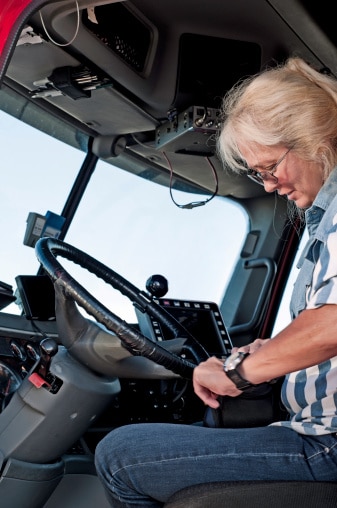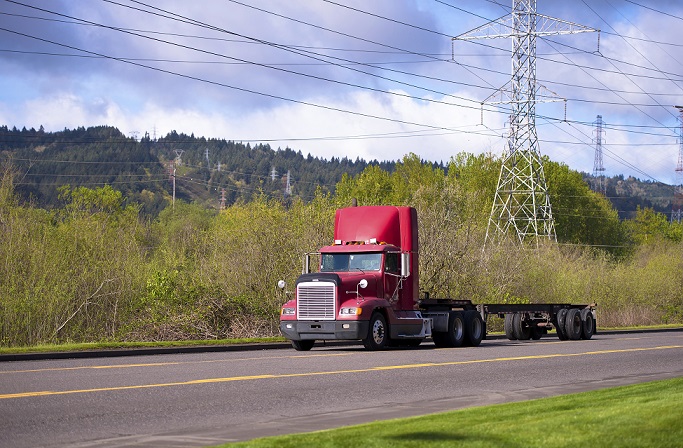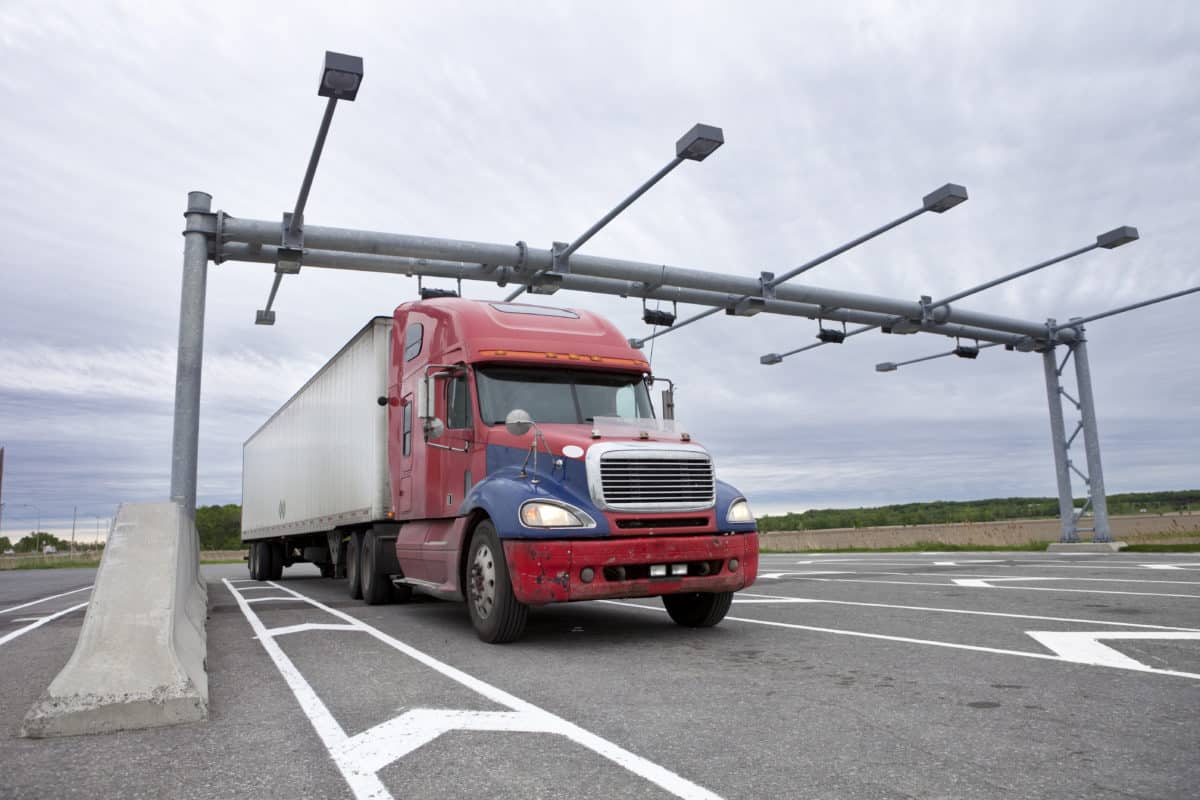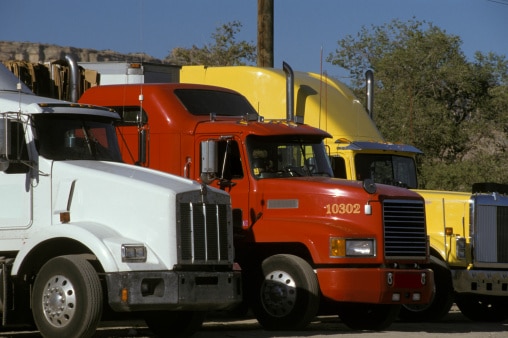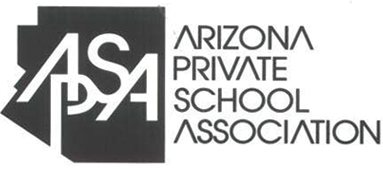The electronic logging device (ELD) mandate intends to bring the trucking industry into the digital era by replacing paper logbooks. ELDs help drivers more easily track and record information about driving time. Although ELDs are supposed to simplify recordkeeping for truckers, there are still a few persistent myths about them.
Myth: ELD data is automatically transmitted to enforcement agencies.
Some truckers worry that violations of hours of service will be automatically logged and transmitted to enforcement agencies. Some might also worry that the ELD will commit errors when recording violations of hours of service. Actually, no data is automatically transmitted anywhere. There are only a few reasons for third-party access to the data, including roadside inspections, traffic infractions, and FMCSA compliance audits. When roadside inspectors do access the data, the inspections take much less time than they used to. The same is true of DOT audits.
Myth: ELDs are disadvantageous for owner/operators.
One of the most enduring myths about ELDs is that they will put owner/operators out of business. Owner/operators voiced these concerns due to the perceived potential loss of working hours and the cost of the ELDs themselves. Actually, most drivers who make the switch from paper logbooks to ELDs regret that they didn’t do it sooner. ELDs are far less pricey than they used to be. In fact, the cost is relatively negligible for owner/operators, compared to the costs of fuel, permits, and liability insurance. Plus, paper logbooks require drivers to round to the nearest 15 minutes. But with ELDs, drivers only round to the nearest minute. In other words, using an ELD can help owner/operators get more driving time in and earn more money.
The modern, comprehensive curriculum at Yuma Truck Driving School will effectively prepare you for a rewarding career in today’s trucking industry. Our nationally recognized CDL training programs available in Yuma, AZ include refresher courses and road testing. Call us today at (888) 647-3239.

